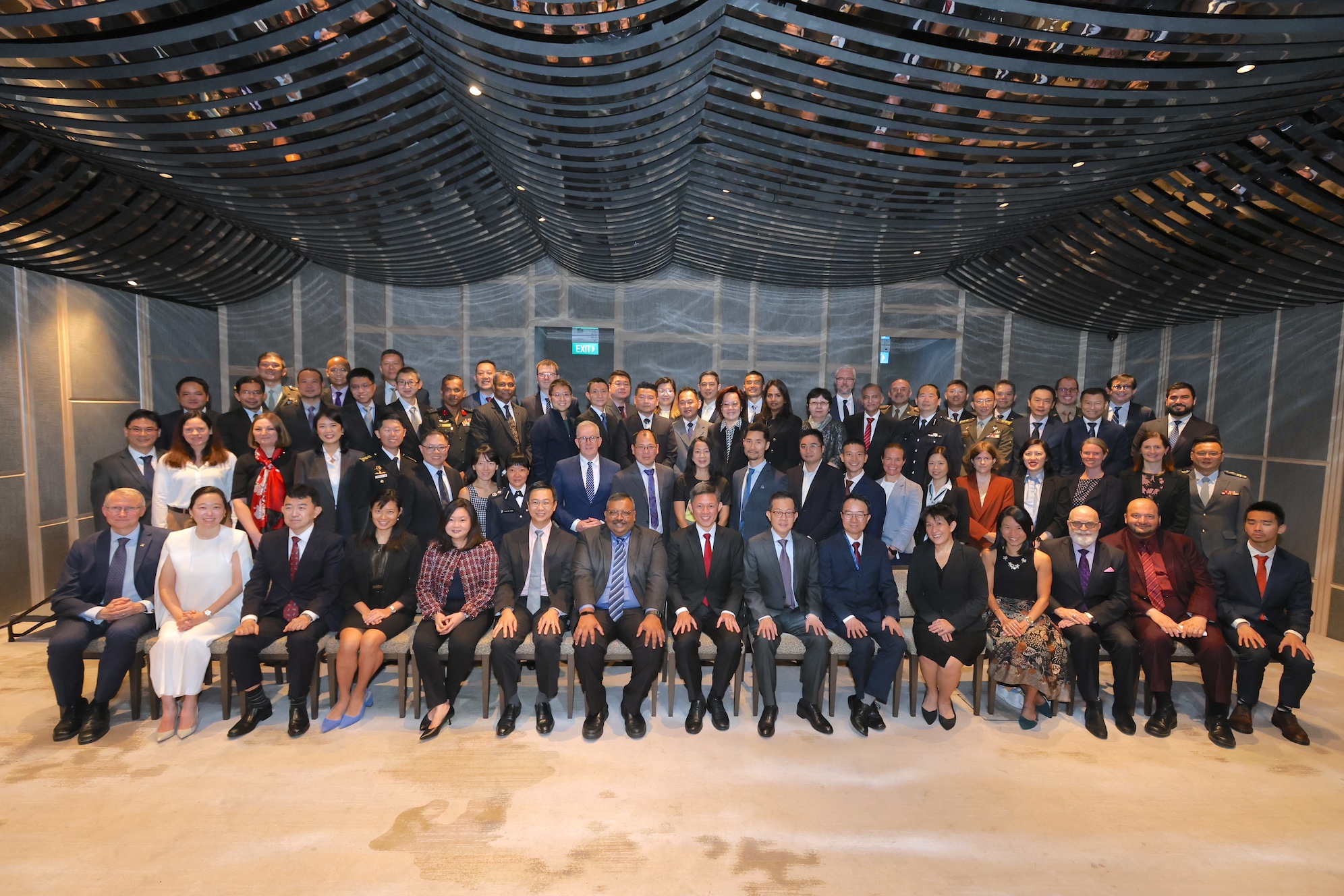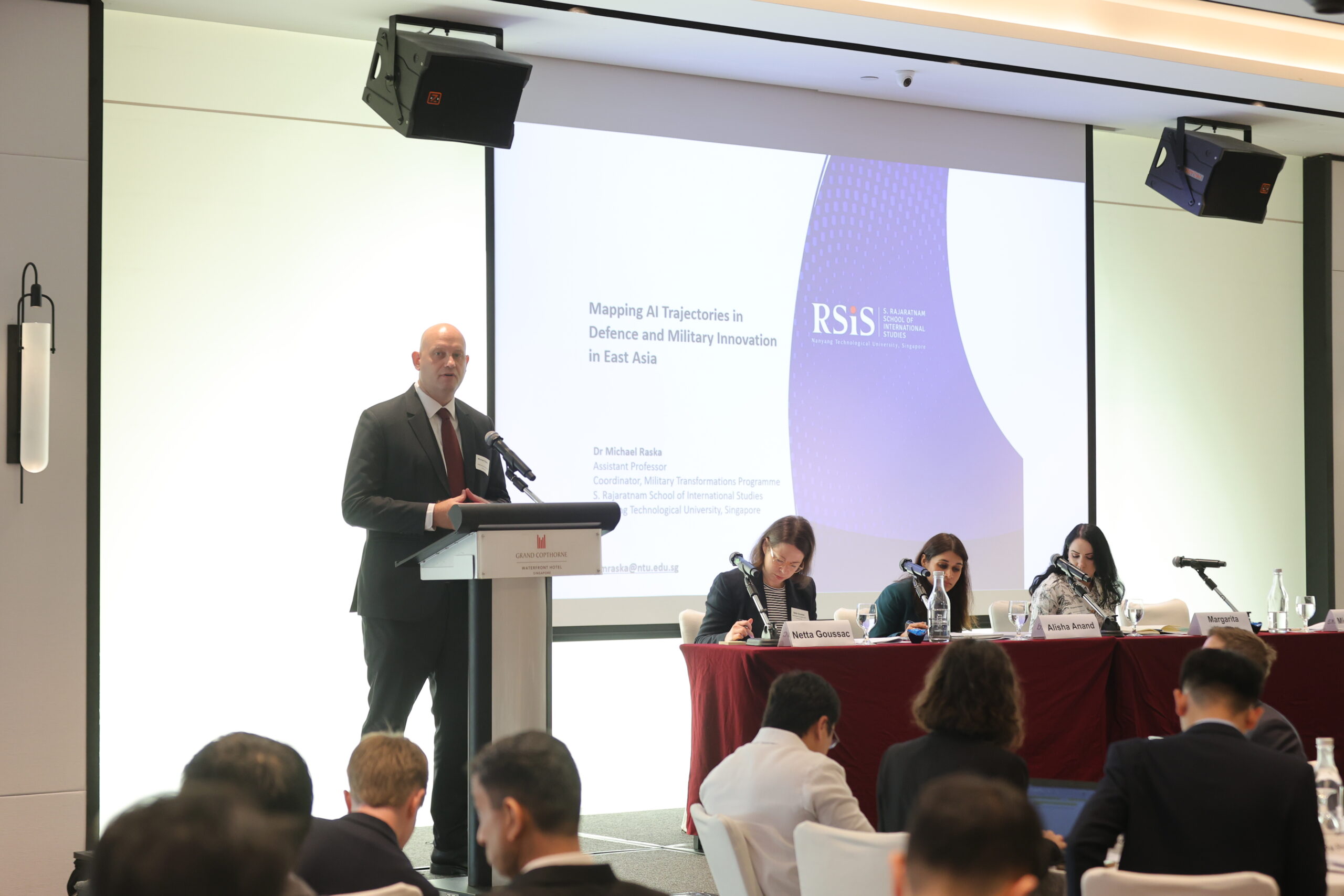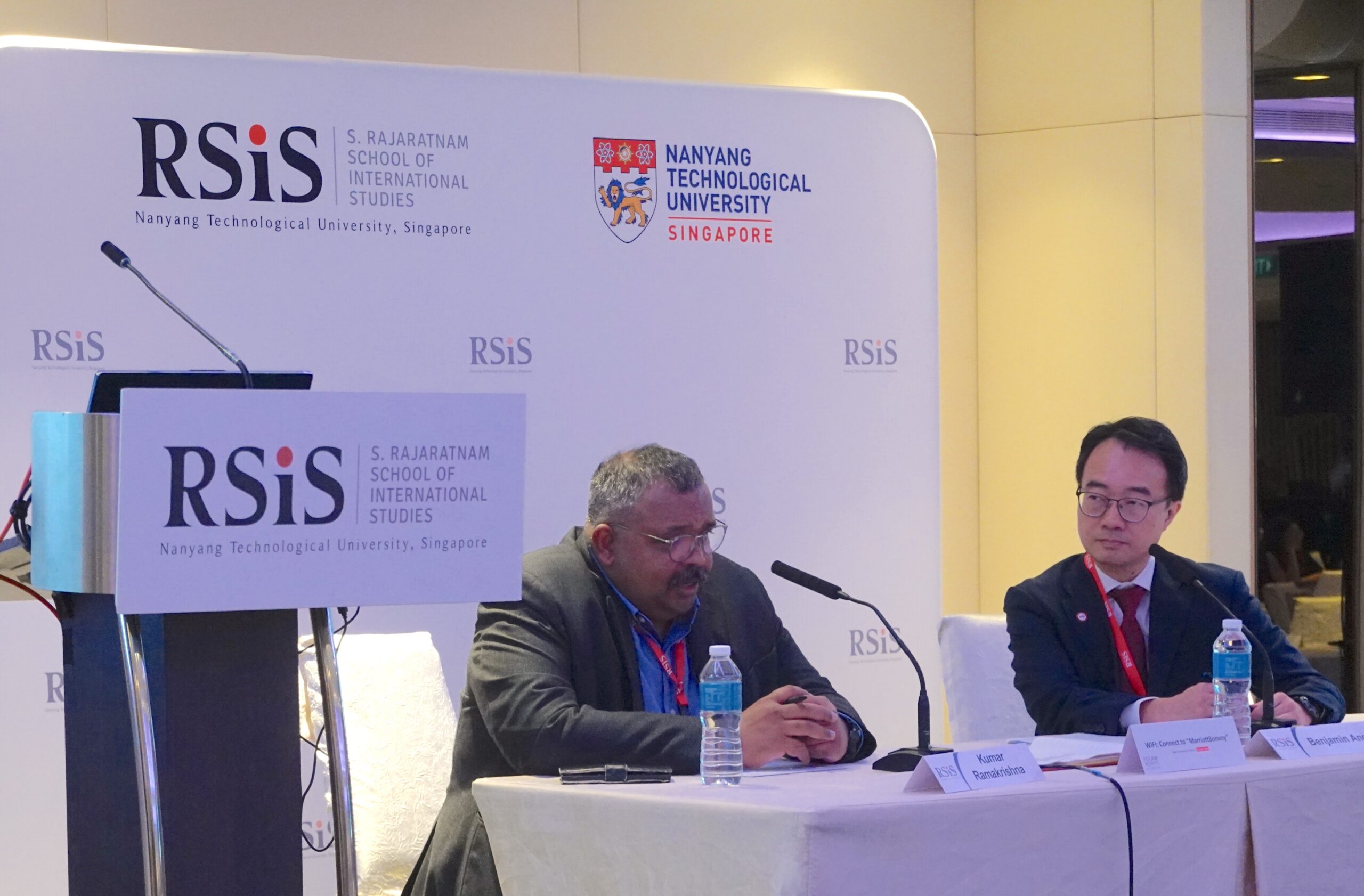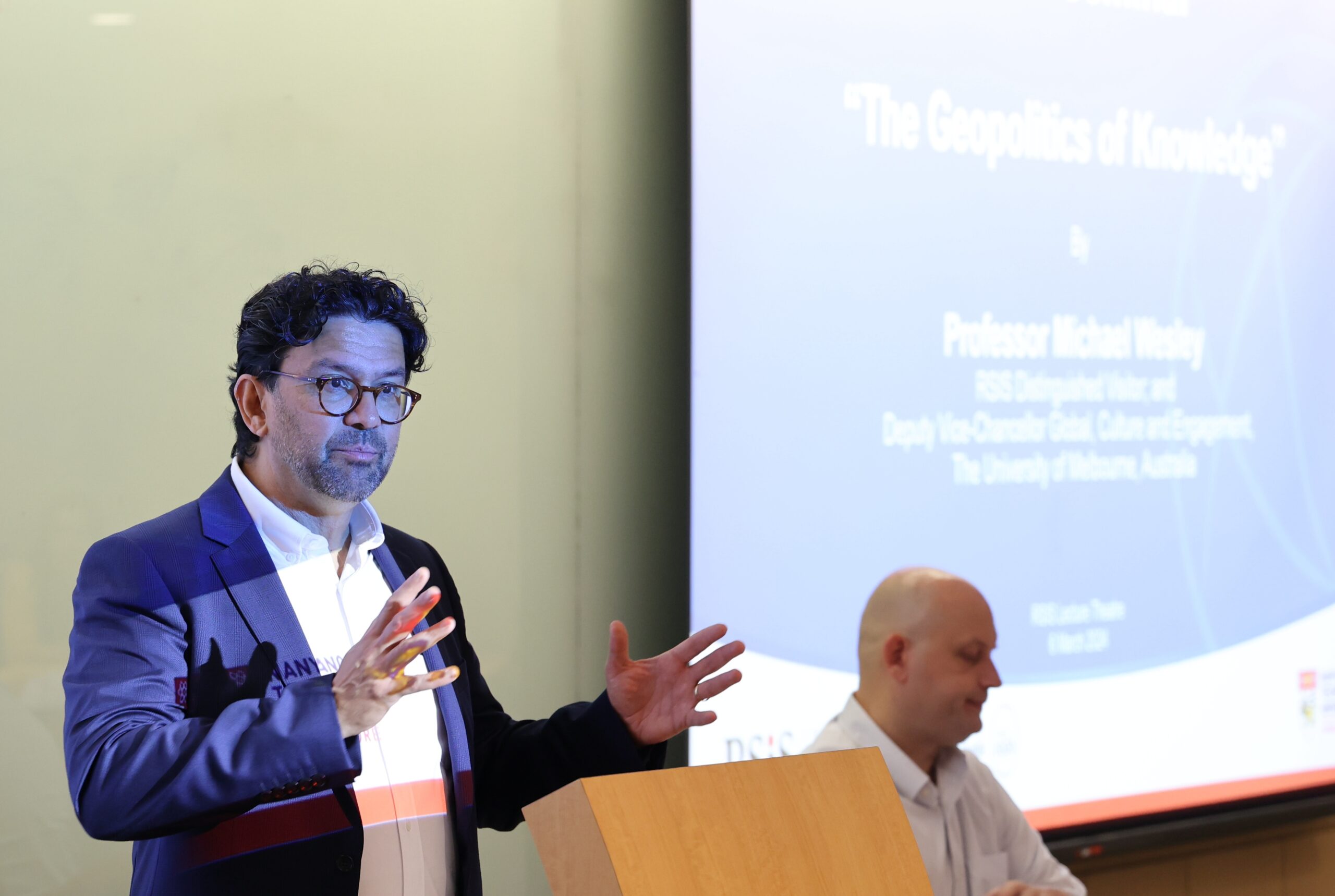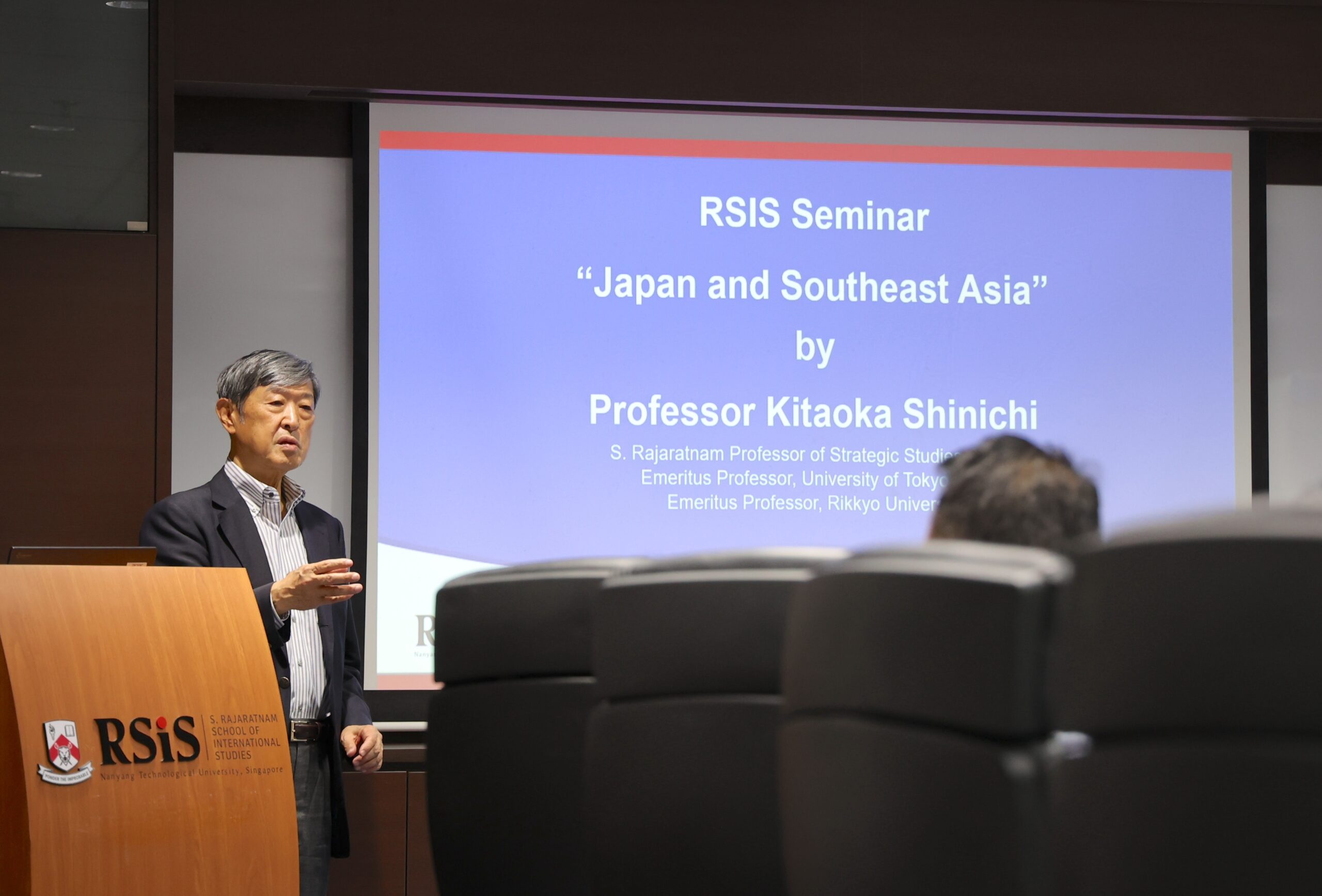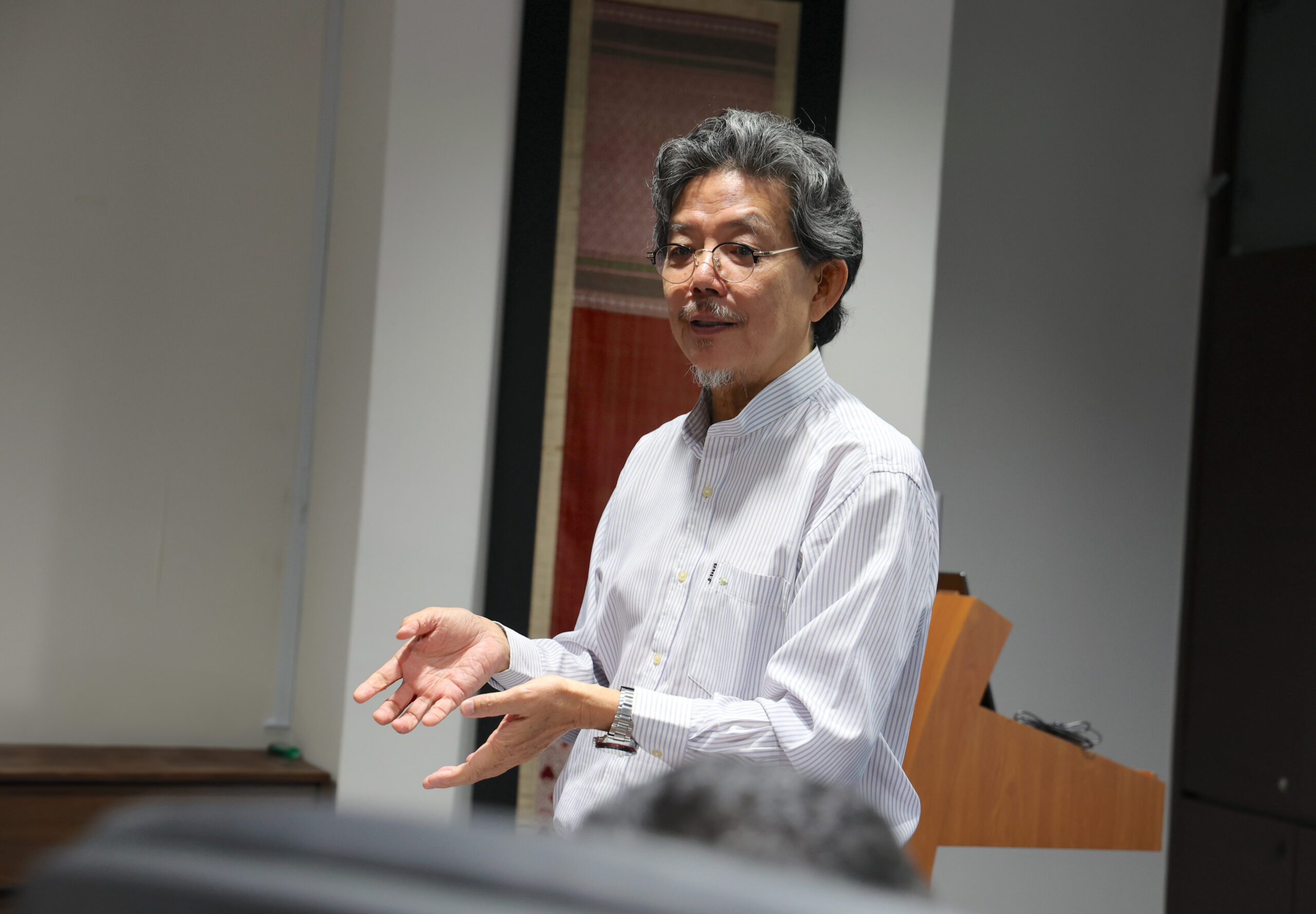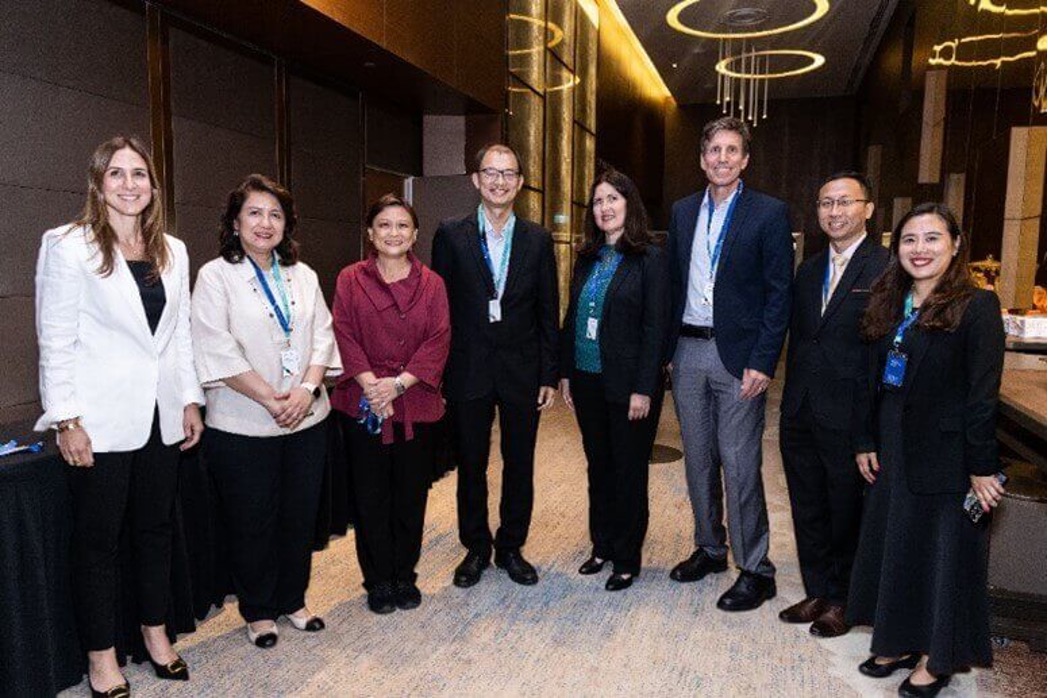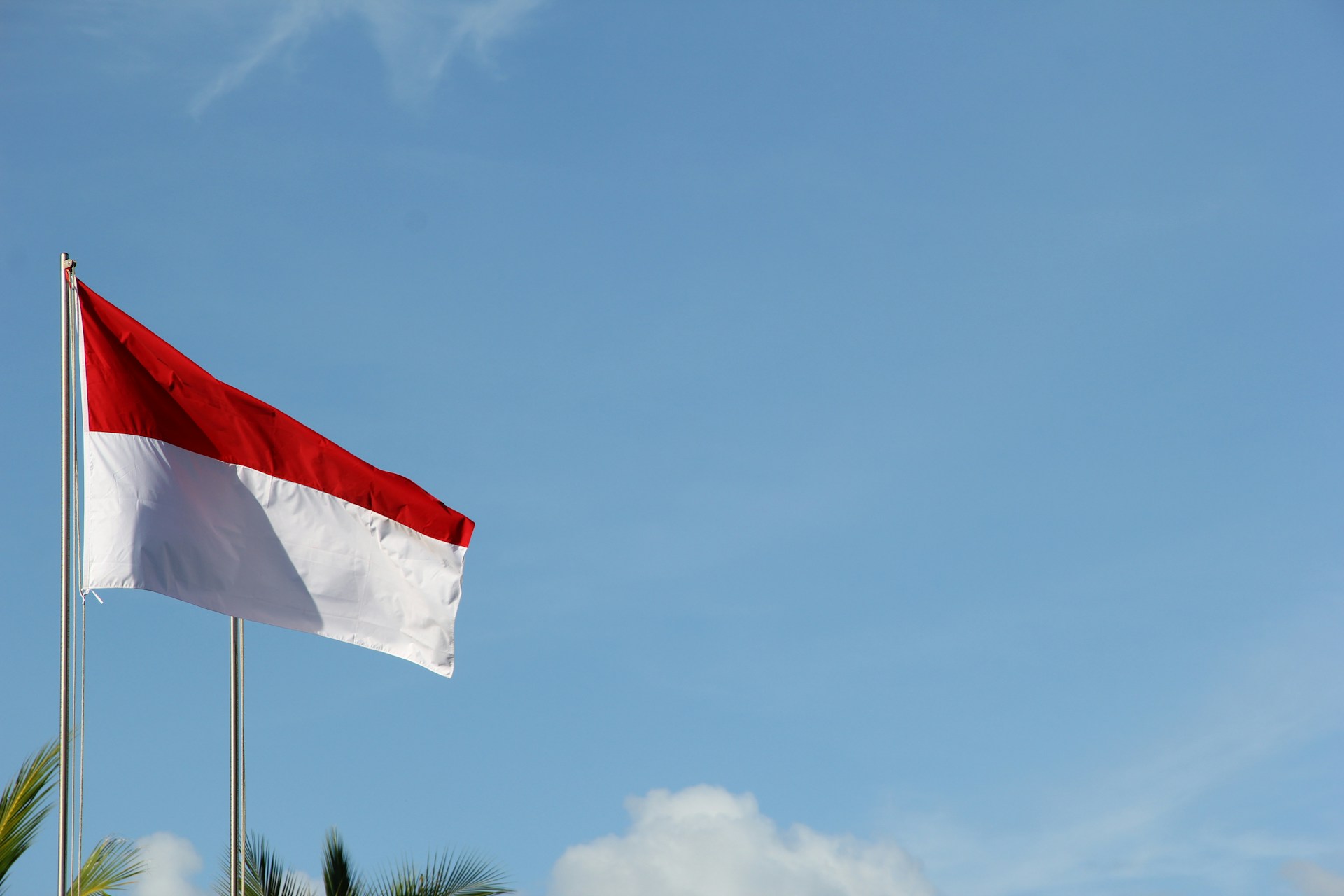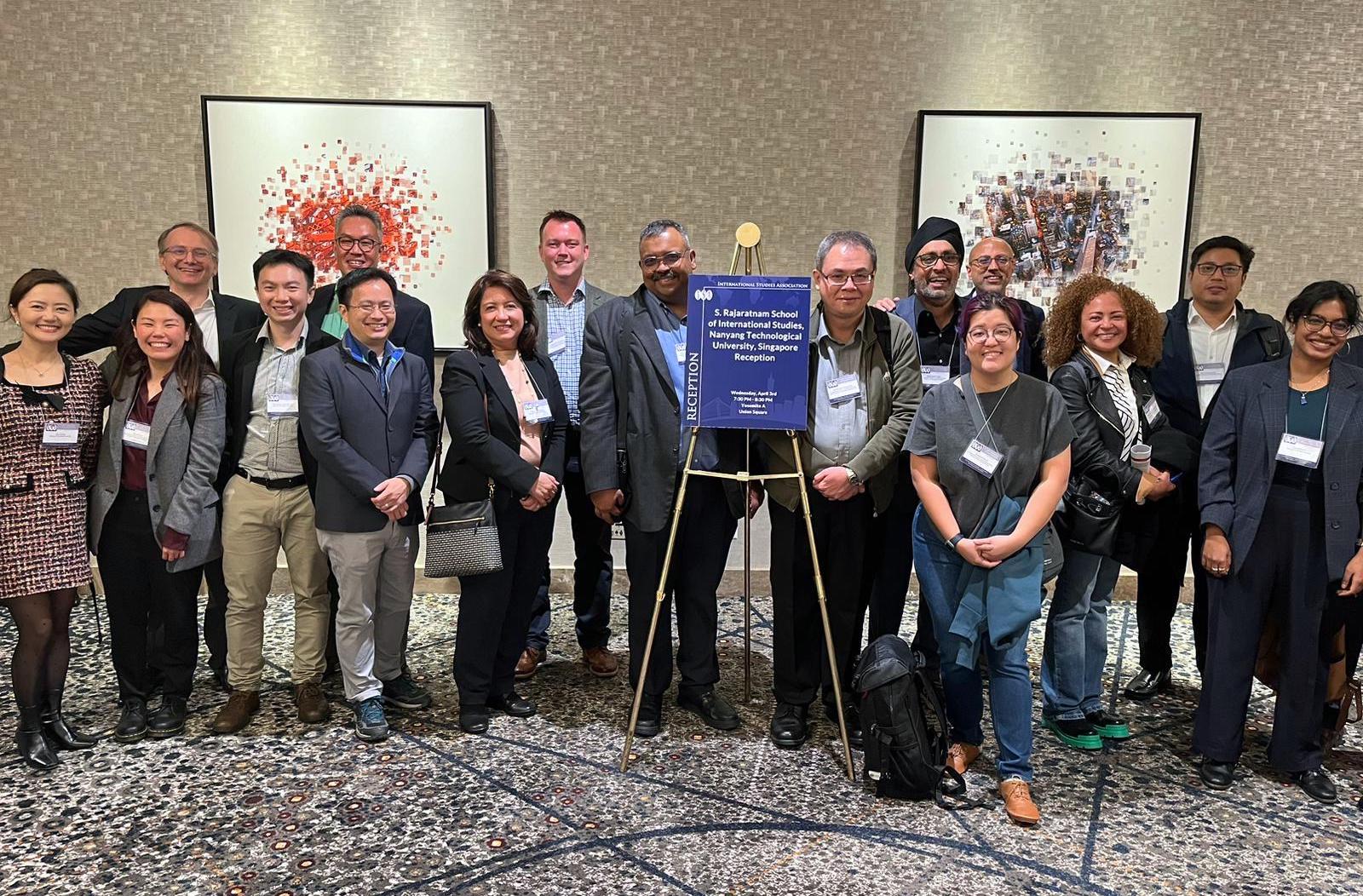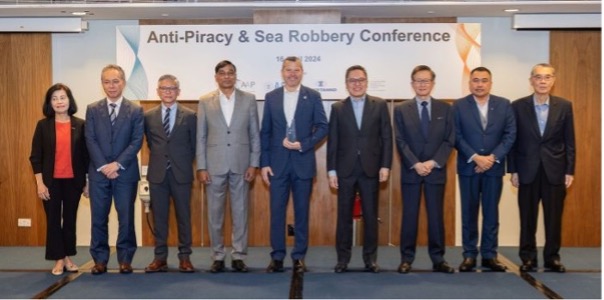

As the world gravitates to increased cultural plurality and contestations, it is an opportune time for society to reflect on how our connections with the social “others” can be forged and strengthened. On 26 March 2024, a webinar explored this notion and looked at the concept of everyday multiculturalism which examines the lived experiences and intersections in our daily rituals and aspirations that we can harness to forge stronger ties with people who do not share the same faith, identity, or other cultural markers as our own. This webinar was inspired by Confident Identities, Connected Communities, the book that builds on the conversations from the 2022 edition of the International Conference on Cohesive Societies.
The webinar began with Associate Professor of Sociology at Macquarie University, Dr Selvaraj Velayutham’s sharing of the concept of “kopitiam conviviality” in Singapore. It refers to how Singapore society may draw upon its everyday intercultural strengths in order to strengthen community resilience. Such intercultural strengths can be found in our everyday interactions such as gifting between and across different ethnicities and religions during festive periods, or in Singaporean vernacular where endearing terms such as “uncle” or “aunty” are used to address elders regardless of ethnicity. For the latter, particularly, language can serve as a powerful driver of resilience as it fosters familiarity and a sense of community.
Dr Laavanya Kathiravelu, Associate Professor of Sociology, Nanyang Technological University; then looked at another aspect of everyday multiculturalism – racial categorisation. She first provided the historical overview of racial proportions in Singapore and highlighted how the concept of “Chinese/Malay/Indian/Other” (CMIO) helped form a basis of the Singaporean identity. The changing demographics and realities of modern Singapore society however have raised questions about the continued relevance of such categories. Identities have grown more complex (for instance, new immigrants entering Singapore society, or second-generation immigrants born in Singapore) and yet these identities have had to assimilate somewhat with the older categorisation. This has led to some intriguing phenomena such as “racial passing”, where foreign individuals who look like one of the CMIO categories (though not necessarily belonging to it) would find it easier to belong to Singapore society. Dr Laavanya raised the question of how Singapore might continue to embrace the diversity of its society while maintaining a strong national identity.
Dr Leong Chan-Hoong, Senior Fellow at RSIS, delved deeper into the issue of identity and highlighted the amorphous nature of the construct. It remains challenging to measure and quantify identity and the notion of a distinctive yet inclusive identity may in itself be oxymoronic. Instead, a more efficacious approach to fostering social cohesion is to establish a common narrative based on shared everyday experiences. Quintessential Singaporean attributes, such as a love of food or the perpetual struggle and desire for work-life balance, emerge from shared interactions and perceptions. The collective narrative of our day-to-day living allows us to navigate and forge stronger ties with social “others” as individuals bond over common joys and challenges in life.
The sharing by the three panellists led to a lively discussion on how Singapore navigates its complex and diverse society. Seemingly “archaic” concepts like the CMIO categorisation are likely to endure as it continues to serve as a convenient shorthand to manage diversity. However, people are likely to look beyond the classification with continued and increased day-to-day interactions with different social “others”. The webinar concluded by highlighting how a sense of collective identity, destiny and shared responsibility can be curated in a world that is increasingly fractured and divided.




